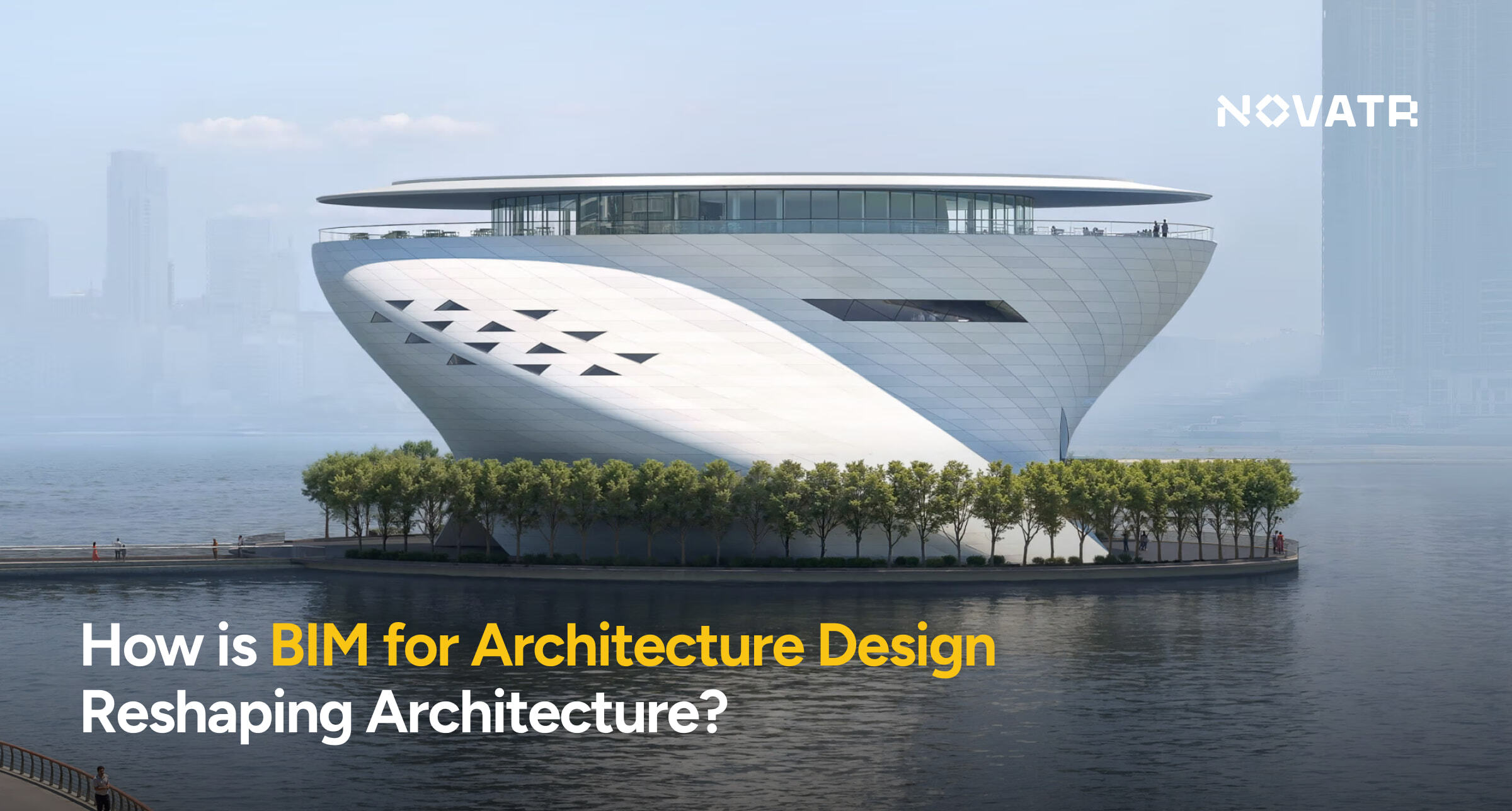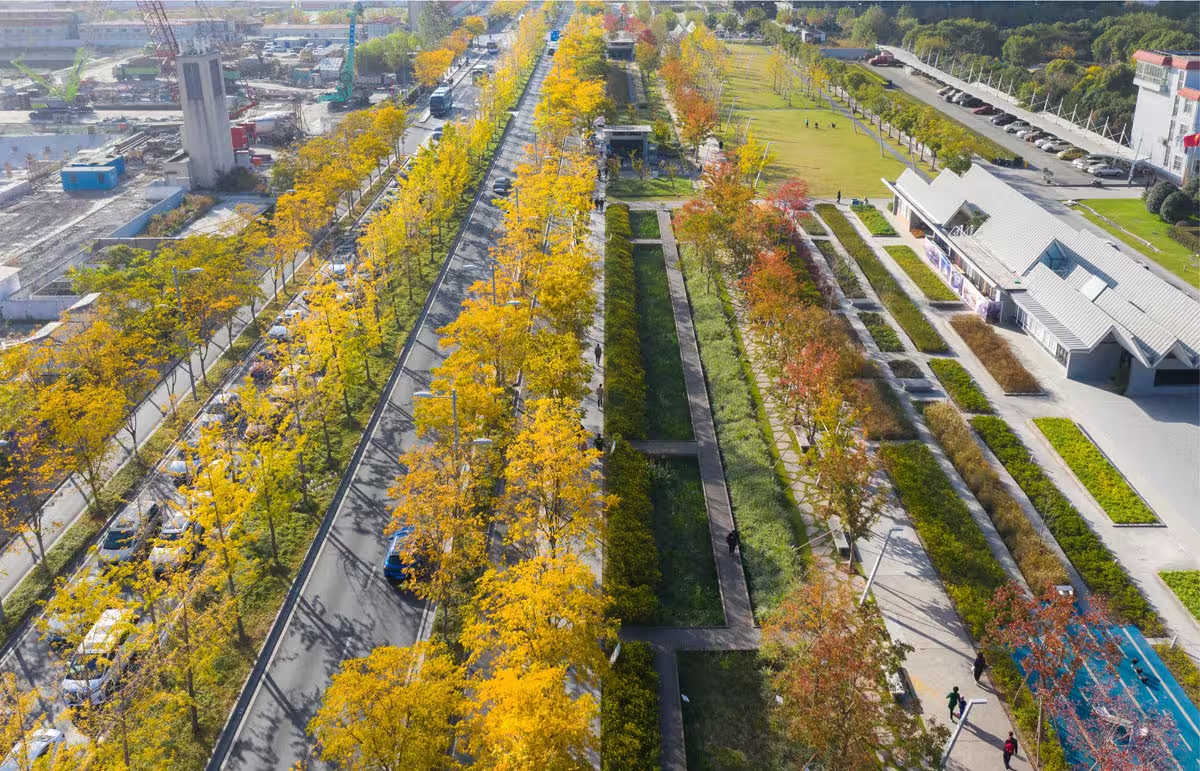Art Deco Architecture: A Brief History, Elements, Characteristics
Table of Contents
Art Deco is a style of visual arts, architecture, and product design that first appeared in France in the 1910s and became popular in the 1920s and 1930s. Influenced by Art Nouveau, the Bauhaus, Cubism, and Serge Diaghilev’s Ballets Russes, the style was characterised by its simple and clean shapes, bold colours, and luxurious materials. In this article, we will understand what Art Deco meaning is, its emergence, and elements & features of Art Deco architecture along with some of its leading examples.
An Overview of the Origins and History of Art Deco
Emerging in 19th-century France, the Arts Décoratifs movement was about elevating artists in fields like furniture, jewellery, and ceramics and by 1875, the French government recognized decorative designers as artists. The bold, geometric style of Art Deco developed during the early 20th century under the influence of modern art movements like Cubism, the Vienna Secession, and Fauvism, along with archaeological discoveries of Egyptian, Greek, and Roman art. It was only during the late 1920s that the movement truly started taking shape and new materials like chrome, stainless steel, and Bakelite became central to its design. Officially named Art Deco, in 1925 at the Exposition Internationale des Arts Décoratifs in Paris, this decorative style gained major popularity.
What is Art Deco Architecture?
According to Jared Goss, "Art Deco" is, “an umbrella term for the wide variety of design and architecture created worldwide between the First and Second World Wars.” The Art Deco style architecture reached its peak in the 1920s and 1930s and is characterised by its sleek, geometric designs, luxurious materials, and bold use of colour.
After a century since the inception of the art deco movement history, architects and designers have started looking at the past for design inspiration, and Art Deco Architecture is witnessing a comeback.
Elements & Features of Art Deco Architecture
Art Deco architecture is one of the prominent architectural styles, which is categorized for its specific forms, ornamentation, and modernity. Here is a detailed explanation of the elements and features art deco architecture characteristics:
1. Geometric Shapes and Patterns
Art Deco architecture characteristics are known for the usage of geometric shapes and patterns in their designs, which can include curves, straight line, chevrons, triangles, and more. These are often repeated in the overall design of buildings like doorways, facades, etc.
2. Symmetry and Balance in Designs
Symmetry is the main element of Art Deco architecture, with buildings often showcasing balanced proportions and harmonious compositions. Facades are typically symmetrical, with repeated patterns and motifs creating a sense of visual balance.
3. Vertical Design Elements
Various Art Deco buildings emphasize verticality, with towering skyscrapers and soaring spires that reach for the sky. This vertical emphasis is achieved through the use of stepped setbacks, vertical piers, and decorative elements that draw the eye upward.
4. Ornate Decorated Designs
Art Deco is known for lavish ornamentation, which not only represents the sophistication of the era but also its luxury. Such buildings are adorned with intricate carvings, bas-reliefs, and stylized motifs inspired by ancient cultures, nature, etc.
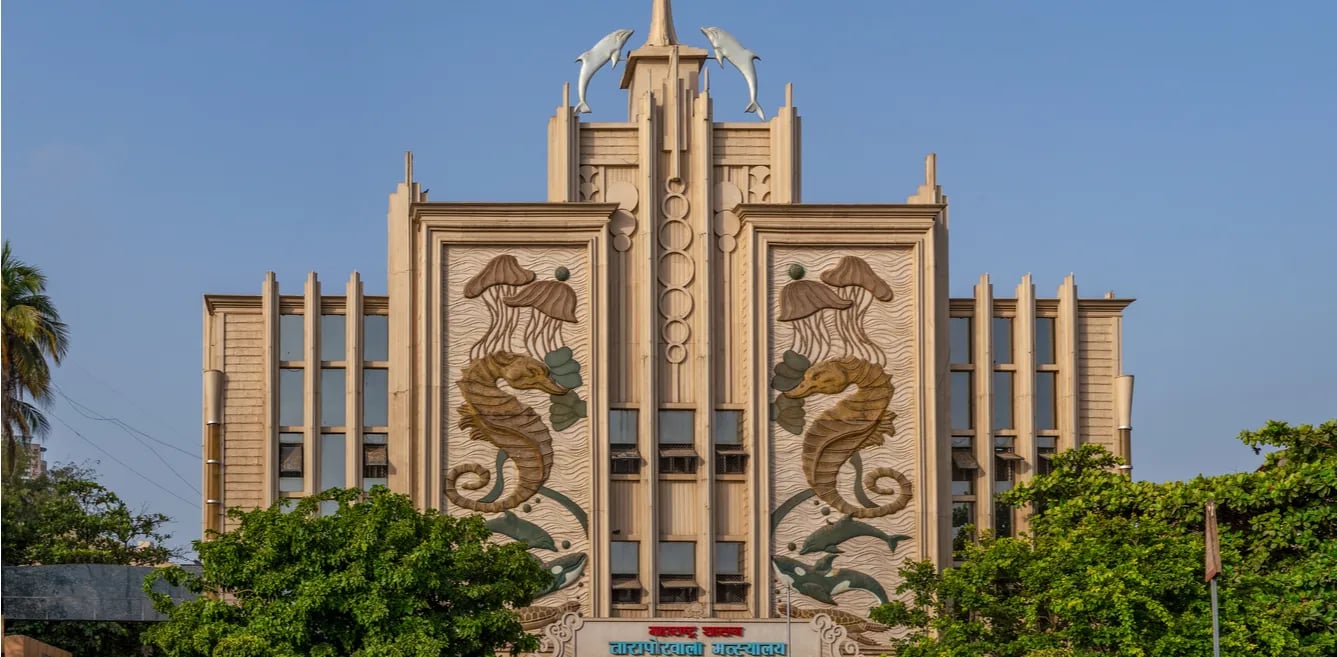
Key Characteristics of Art Deco Architecture
Through its flamboyant features, the Art Deco style architecture is characterised by geometric shapes, bold colours, luxurious materials, and futuristic design art deco style elements. Let’s discuss these art deco architecture characteristics further in detail below.
1. Geometric Shapes in Art Deco Style Architecture
Modernity has always been the principal element of Art Deco design, and artists and architects typically expressed the concept of “modern” with geometry. These geometric shapes included triangles, circles, squares, and rectangles. These shapes were often used to create bold and dramatic patterns as well as to convey a sense of order, symmetry, and precision.
2. Bold colours in Art Deco Architecture
Bright and opulent colours are synonymous with the Art Deco period. These Art Deco Buildings incorporate stark colours like black and white or gold and silver to create contrast. Some of the most famous art deco style architecture buildings feature bold colour schemes and striking contrasts are the Empire State Building in New York City and the Hoover Building in London.
Read more: The Connection Between Art And Architecture: The Beauty of Synergy
3. Luxurious materials in Art Deco Architecture
Art Deco architecture features luxurious and exotic materials such as ebony, ivory, silk, marble, brass, chrome, and exotic woods. These materials were often used lavishly and ornately and were intended to convey a sense of luxury, sophistication, and elegance.
4. Using Modern Materials in Art Deco Style Architecture
In the era of Art Deco Architecture, architects were seen embracing taller buildings with intricate designs, and modern art deco style elements like stainless steel, reinforced concrete, plate glass, chrome plating, plastic, mass-produced aluminium, etc.

Examples of Art Deco Style Architecture Projects
The Art Deco style elements were widely used in various fields such as architecture, interior design, fashion, graphic design, and product design. Below, let us look at some examples of the Art Deco style in architecture.
1. Chrysler Building, USA
Project Architect: William Van Alen
Opened: 1930
The Chrysler Building was briefly the tallest building in the world before being surpassed by the Empire State Building. The key art deco characteristics of the building, including its distinctive crown made up of seven radiating terraced arches, highlight the Art Deco style architecture. The lobby is decorated with murals, and the elevators feature intricate designs.
2. Empire State Building, USA
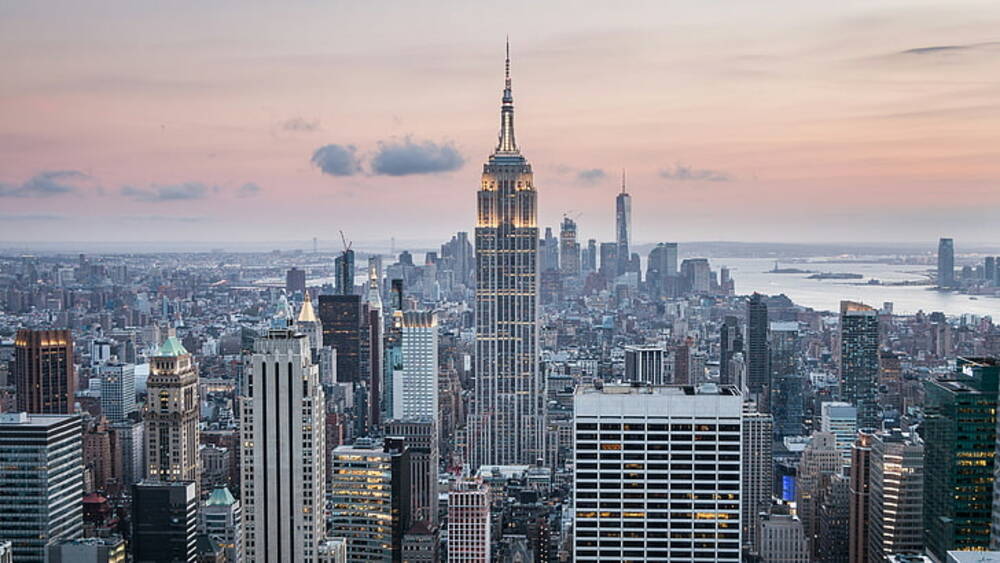
Project Architects: Yasuo Matsui, William F. Lamb, Arthur Loomis Harmon, Gregory Johnson
Opened: 1931
This Art Deco style architecture building is a 102-storey skyscraper in Midtown Manhattan, New York City, United States of America. The building was completed in the art deco style elements and had features such as animal figures, a high level of ornamentation, and the use of metallic colours and dramatic shapes.
3. Miami Beach Art Deco District, Florida
Project Architects : Henry Hohauser and L. Murray Dixon.
Opened: 1930-1940
The historic district of Miami Beach brings alive the art deco architecture features and styles of the 1920s and 1930s and is home to 960 historic Art Deco buildings. The district has been listed on the National Register of Historic Places since 1979 and contains 800 designated historic buildings. There is also a daily walking tour offered by the Miami Design Preservation League.
4. Radio City Music Hall, New York City
Project Architects: Edward Durell Stone and Donald Deskey
Opened: 1932
A part of the Rockefeller Center, Radio City Music Hall has been the world’s largest indoor theatre for over eighty years. The theatre hosts elegant Art Deco style elements, interiors and complex stage machinery. Donald Desky, the interior designer of the hall, designed over 30 interior spaces, each with their own unique visual motif, and used luxurious materials characteristic of the art deco style like gold and marble.
5. The Hoover Building, London, UK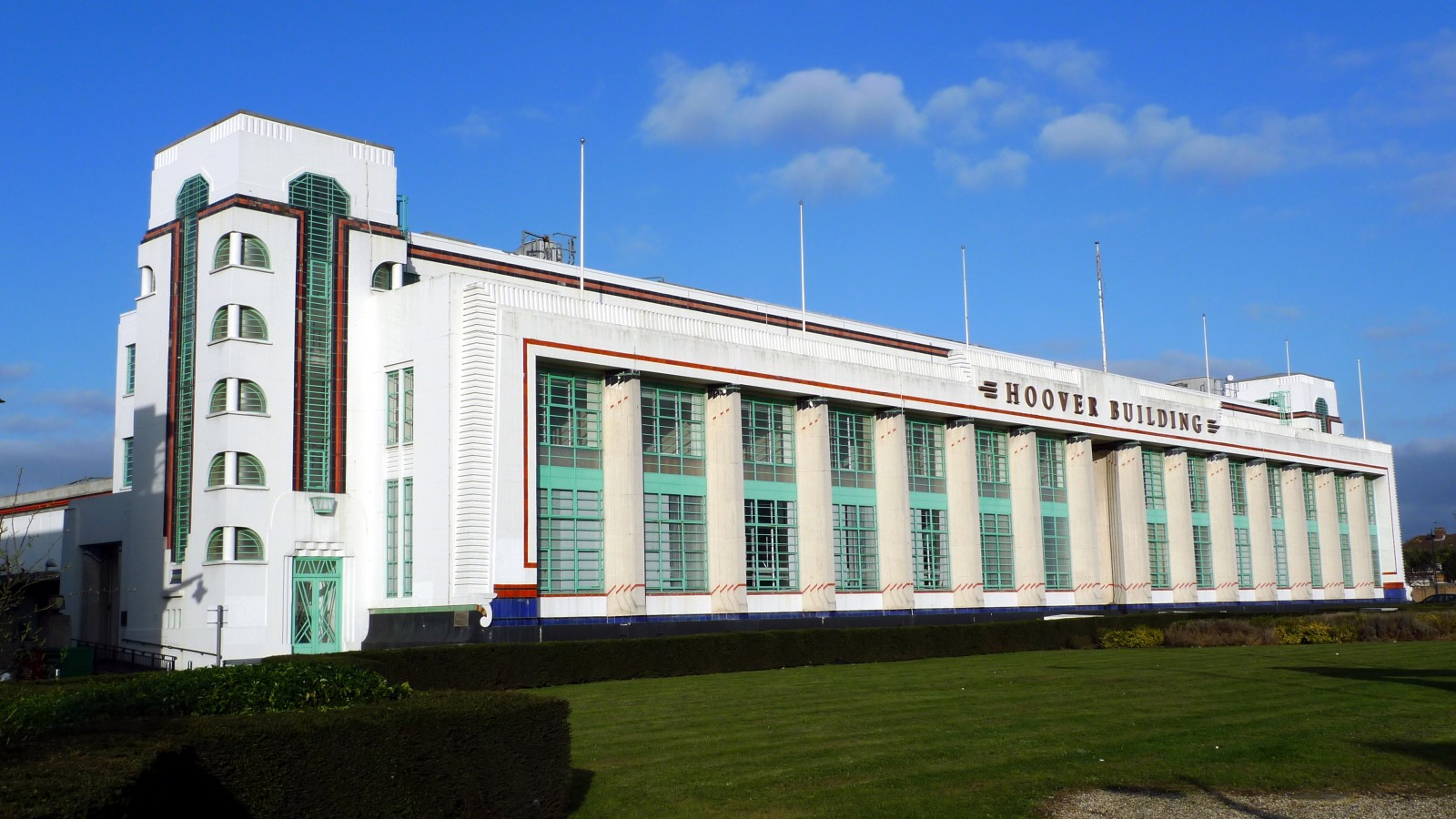
Project Architects: Wallis, Gilbert and Partners
Opened: 1933
The Hoover Building in London is one of the living examples of Art Deco architecture. It was originally built as a factory for the Hoover Company, which features decorative brickwork, sleek lines, and astonishing geometric designs.
Read more: How Is Architecture Automation Helping Design Innovation?
6. Palais de Tokyo, Paris, France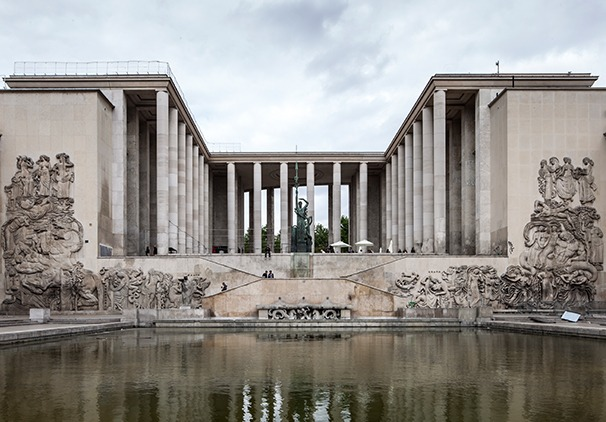
Project Architects: Anne Lacaton and Jean-Philippe Vassal
Opened: 1937
The Palais de Tokyo in Paris is an iconic Art Deco building known for its bold, modernist design. It was initially built as the headquarters for the 1937 International Exposition. The building showcases an unique design in curved forms and clear lines. Its grand entrance and sweeping staircase features the elegance of Art Deco architecture.
7. Palace of Fine Arts, San Francisco, USA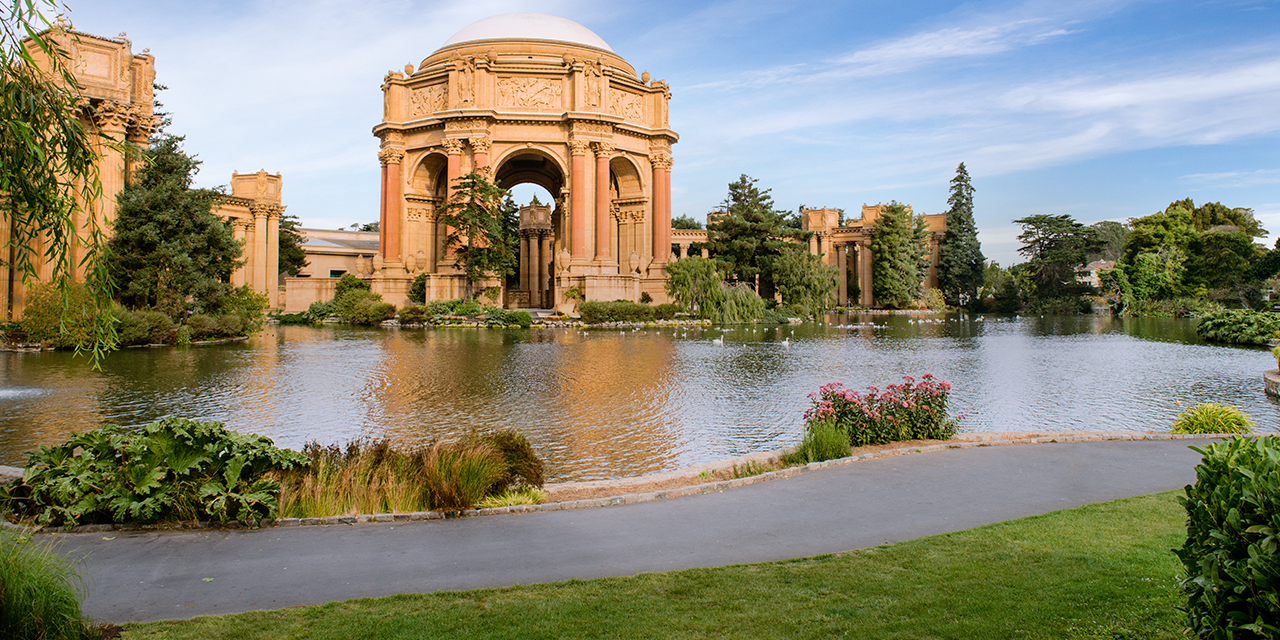
Project Architects: Bernard Maybeck
Opened: 1915
The Palace of Fine Arts in San Francisco is a stunning example of Art Deco-inspired architecture. Originally built for the 1915 Panama-Pacific Exposition, the building underwent extensive reconstruction in the 1960s, during which Art Deco elements were incorporated into its design. Its majestic rotunda, soaring columns, and intricate detailing evoke the presence and grandeur of the Art Deco era.
Also Watch: BIM Talks | EP 02 | How to Grow Your Architecture Career with BIM – Key Skills & Online Courses
In Conclusion
Art Deco was an influential art and design movement known for its bold, glamorous, and futuristic style. Although Art Deco style architecture fell out of favour for a time, it has once again become popular in recent years. The revival of Art Deco is a testament to its enduring popularity and timeless appeal.
That’s it! Make sure to check out our Resources page for more informative reads.
Interested in learning more about more complex architecture forms and their design techniques? Here’s something that might interest you:
Novatr offers you a Masters in Computational Design Course that will help you understand computation in different design fields with industry workflows, advanced tools for a concrete foundation in computational design. Bag opportunities along with professional certification, endless career possibilities and upskilling.
FAQs
What are the elements of Art Deco?
Between the 1920s and 1930s, Art Deco emerged. The fundamental elements of Art Deco were symmetrical designs, streamlined forms, and rich colours like gold, silver, and deep jewel tones.
2. What are the three types of Art Deco?
The three types of Art Deco are:
- Classical Art Deco - This style includes bold geometric shapes, rich colours, and lavish materials like marble and gold
- Zigzag Moderne - Known for its sharp angles, stepped forms, and intricate ornamentation
- Streamline Moderne - It has a sleeker approach with smooth curves, aerodynamic shapes, and an emphasis on modern materials like chrome and glass.
3. What is the oldest Art Deco?
The 1913-completed Théâtre des Champs-Élysées in Paris, with its modernist decoration and crisp geometric lines, is among the first examples. This early Art Deco style prepared the way for the flamboyant and glitzy designs that would characterise the 1920s and 1930s by fusing modern industrial aesthetics with classical elements.

 Thanks for connecting!
Thanks for connecting!


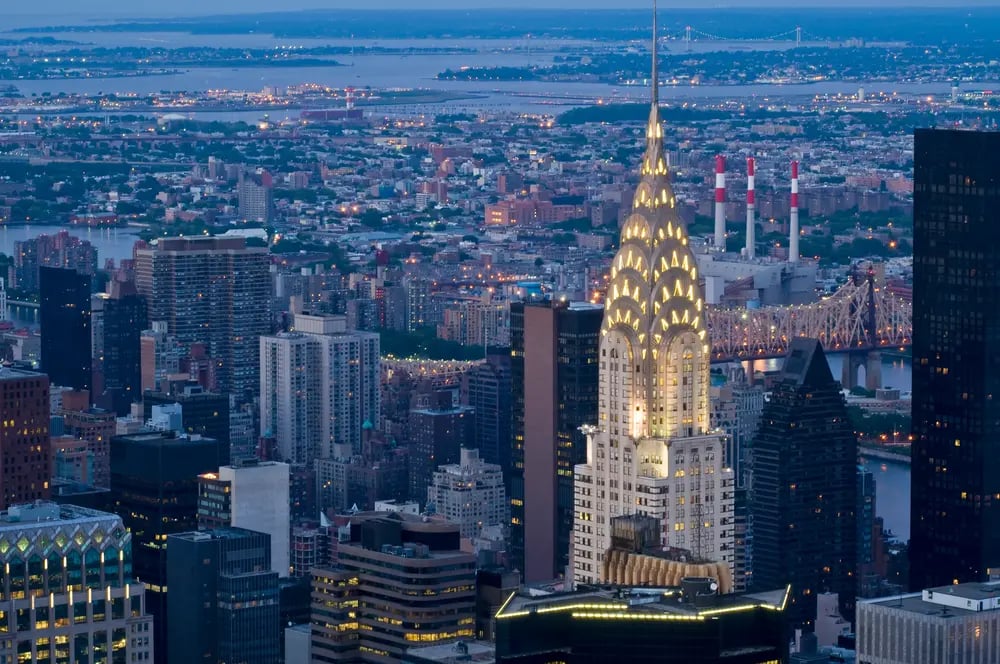
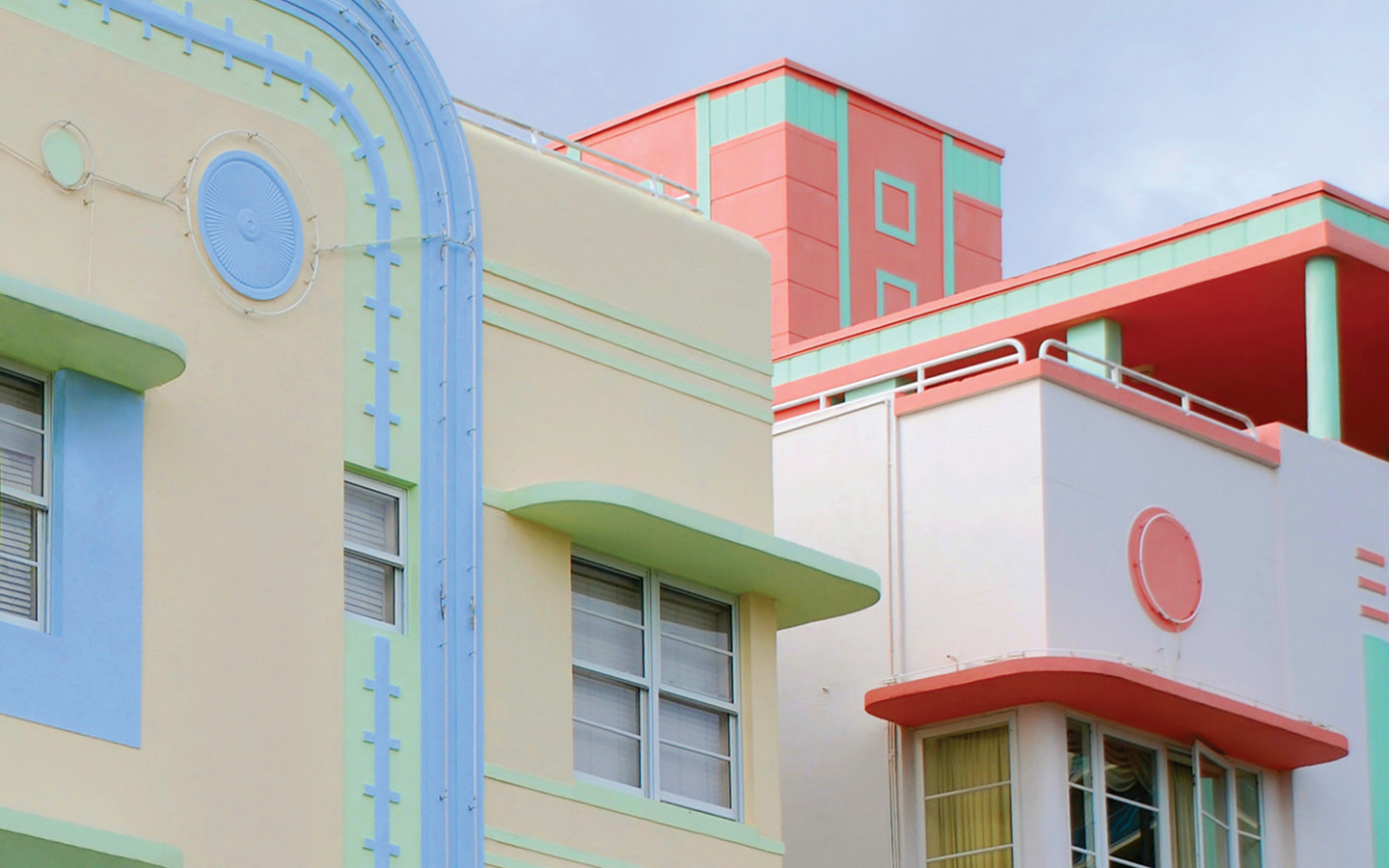
.png)
.jpg)
